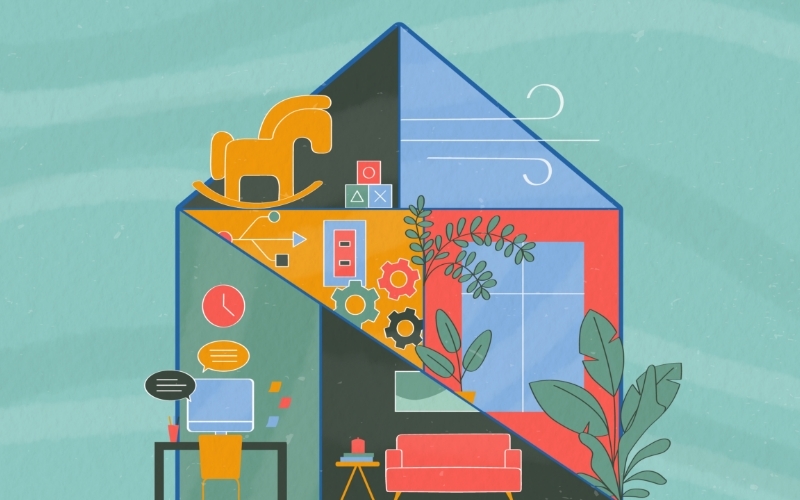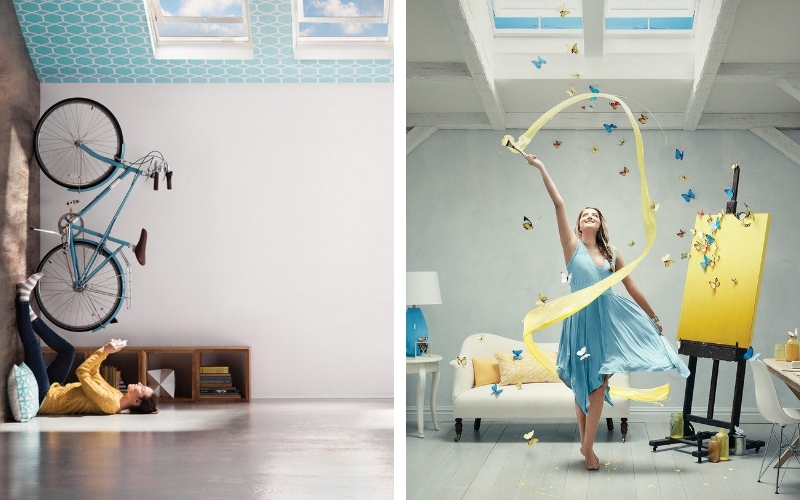Industry Trends
Media Strategy

If creating marketing plans and strategies for products and services in the actual universe wasn’t challenging enough, we now have a whole new world to test and explore marketing trends: the metaverse.
Simply defined, metaverse means beyond our universe. It’s a completely virtual world where people — or, more accurately, their avatars — can interact with one another and engage in virtual activities, including commerce. Despite the myth that Facebook, now called Meta, created the metaverse, there are multiple variations of these virtual worlds. Different companies essentially own their own “galaxies,” so there isn’t one massive metaverse that everyone shares.
The Current State of the Metaverse
While the future of the metaverse is a colossal realm of endless possibilities, brands are already utilizing this kind of technology to create new growth opportunities.
Largely because of the COVID-19 pandemic, many industry trade shows have hosted virtual conventions and engaged members and clients in personalized ways that would be impossible in the traditional sense. While many trade shows have returned to business (almost) as usual in 2022, for some, the virtual approach is here to stay.
Using specialized goggles — some of which are already developed by Meta and Microsoft — it won’t be long before contractors can see what a project would look like in AR. They could walk through a customer’s home using only their goggles and see everything without ever stepping foot inside the house. Technology like this can allow architects to use CAD drawings on the go to see what they need and visualize their projects in new ways.
You’ve likely seen these basic adaptations in use. Home product apps allow customers to see what products will look like in their homes in real time, letting them observe how products fit in their home before they even buy them.
We’re already seeing a home improvement brand make its first foray into the metaverse. In June, Lowe’s announced that it was joining this new world as a way to “help people use their imaginations and help them make their virtual spaces as exciting and inspirational and enjoyable as their real-world spaces.”
Lowe’s is allowing its customers to see how their projects will turn out in a virtual setting, letting them test and play with different products and possibilities, before buying the products and building their projects in the real world.
Some architects are already using the metaverse to not only re-create existing structures but also push the limits of physics and creativity. According to Trend Hunter, digital infrastructure is being built using cutting-edge technology to provide visual stimulation and appease the consumer’s need for escapism. Architects are using this opportunity to design buildings that would be physically impossible in the real world.
What does the future of the metaverse look like?
In a word: uncharted.
It’s unknown if brands, including companies in the home and building category, can monetize the metaverse in the traditional sense, similar to what we see on the internet today. With so many possibilities, we don’t know if brands will operate the same way in the metaverse as they do in the real universe.
A recent study from Gartner estimates that by 2026, 25% of people will spend at least one hour a day in the metaverse for work, shopping, education, and social and entertainment purposes. It could be a supplement to what we consider the internet today, or it could replace the internet altogether. Or, as Mark Zuckerberg believes, it could become a lifestyle.
“A lot of people assume the metaverse is about a location, but one description of it is a period when immersive digital worlds become the primary way we live our lives and spend our time.”


